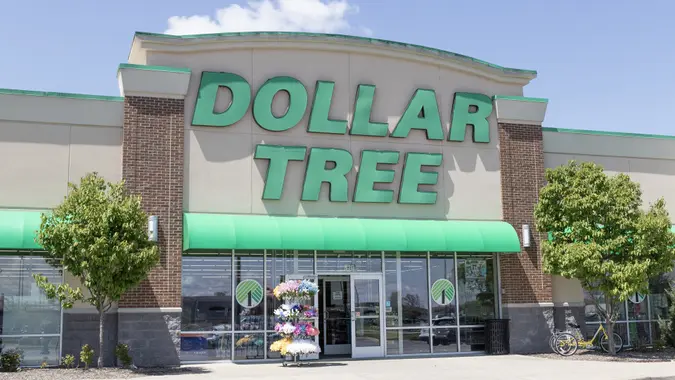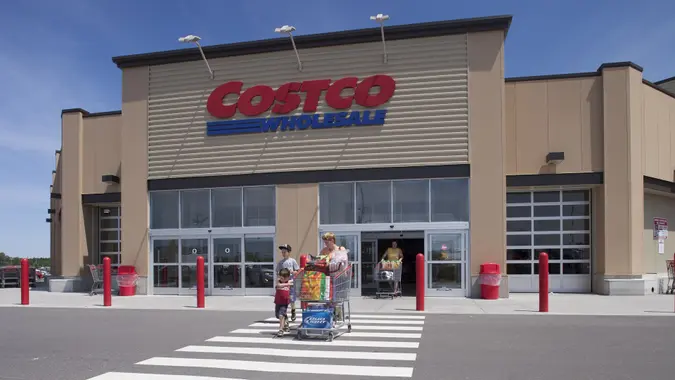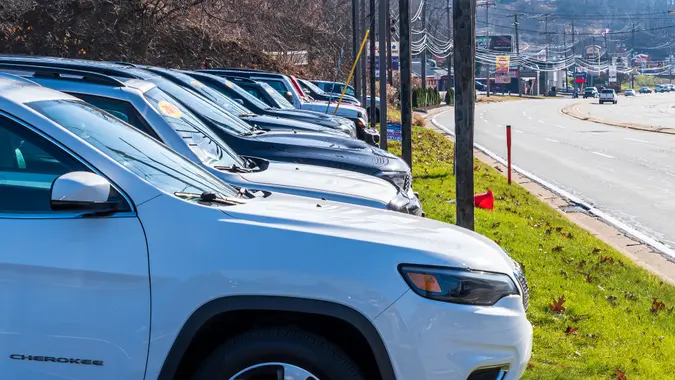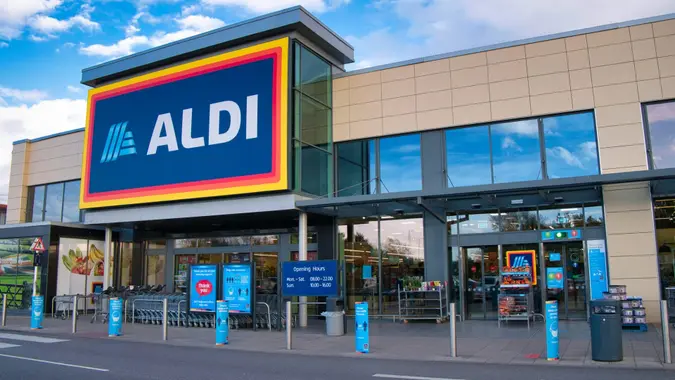Food Stamps in Peril? Record Costs for SNAP in 2022 Put the Program in Debt Ceiling Crosshairs
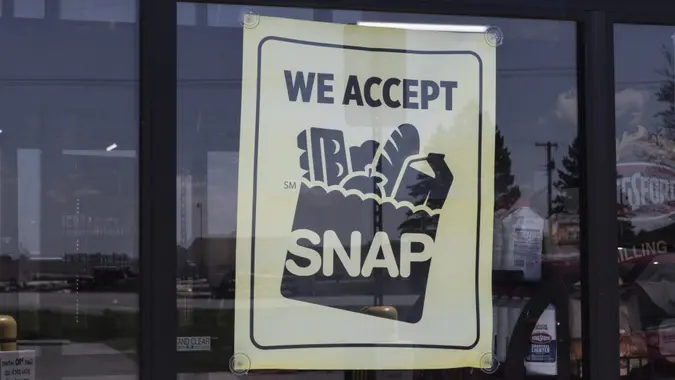
Commitment to Our Readers
GOBankingRates' editorial team is committed to bringing you unbiased reviews and information. We use data-driven methodologies to evaluate financial products and services - our reviews and ratings are not influenced by advertisers. You can read more about our editorial guidelines and our products and services review methodology.

20 Years
Helping You Live Richer

Reviewed
by Experts

Trusted by
Millions of Readers
It’s no secret that certain lawmakers want to cut federal spending as part of the current debt-ceiling negotiations — and some have their eyes on entitlement programs such as Social Security, Medicare and the Supplemental Nutrition Assistance Program (SNAP).
For SNAP recipients, the main near-term worry is that their benefits could be delayed if the U.S. government defaults on its debt. To prevent that from happening, Treasury Secretary Janet Yellen notified Congress that the government would take “extraordinary measures.”
Longer term, the concern is that SNAP benefits, formerly known as food stamps, will be permanently reduced or restricted because of rising costs.
In 2022 the program’s cost rose to a record $119.5 billion, according to the U.S. Department of Agriculture. That was up from $113.7 billion in 2021. SNAP funding has nearly doubled since 2019 and has risen about seven-fold since the beginning of the 21st century.
Those dollar figures represent a drop in the bucket compared to programs such as Social Security, which cost about $1.2 trillion in 2022, according to the Center on Budget and Policy Priorities.
Moreover, higher SNAP costs in recent years can be attributed in part to higher benefits during the COVID-19 pandemic. The number of SNAP participants rose to 41.2 million in 2022 from 35.7 million in 2019, before the pandemic. In 2019, the average monthly benefit was $129.83 per person, but that rose to $230.88 thanks to ongoing emergency allotments.
Those emergency allotments will soon be coming to an end, meaning that SNAP recipients who qualified for the extra money will see their monthly payments fall by $95 or more. As previously reported by GOBankingRates, the emergency allotment was not included in the $1.7 trillion spending bill President Joe Biden signed in late December. Beginning in March 2023, no more emergency funds will be distributed to SNAP beneficiaries.
If you want an idea of how SNAP benefits could be reduced or changed in the future, look no further than Iowa. A bill being considered by the Iowa legislature and strongly backed by Republican lawmakers aims to cut government spending by restricting SNAP food choices to those approved for the Women, Infants, and Children (WIC) program.
WIC is designed to address nutritional deficiencies for pregnant, breastfeeding or postpartum women and children up to five years old. The program aims to ensure access to foods like milk and whole grains but is much more restrictive than foods offered under SNAP.
If the bill passes into law, SNAP recipients in Iowa would no longer be able to purchase meat, other than certain varieties of canned tuna and salmon. Other foods that would no longer qualify for SNAP purchases include butter, flour, white rice, white bread, sliced cheese, cooking oil, herbs, spices and coffee and tea.
More From GOBankingRates
 Written by
Written by 



